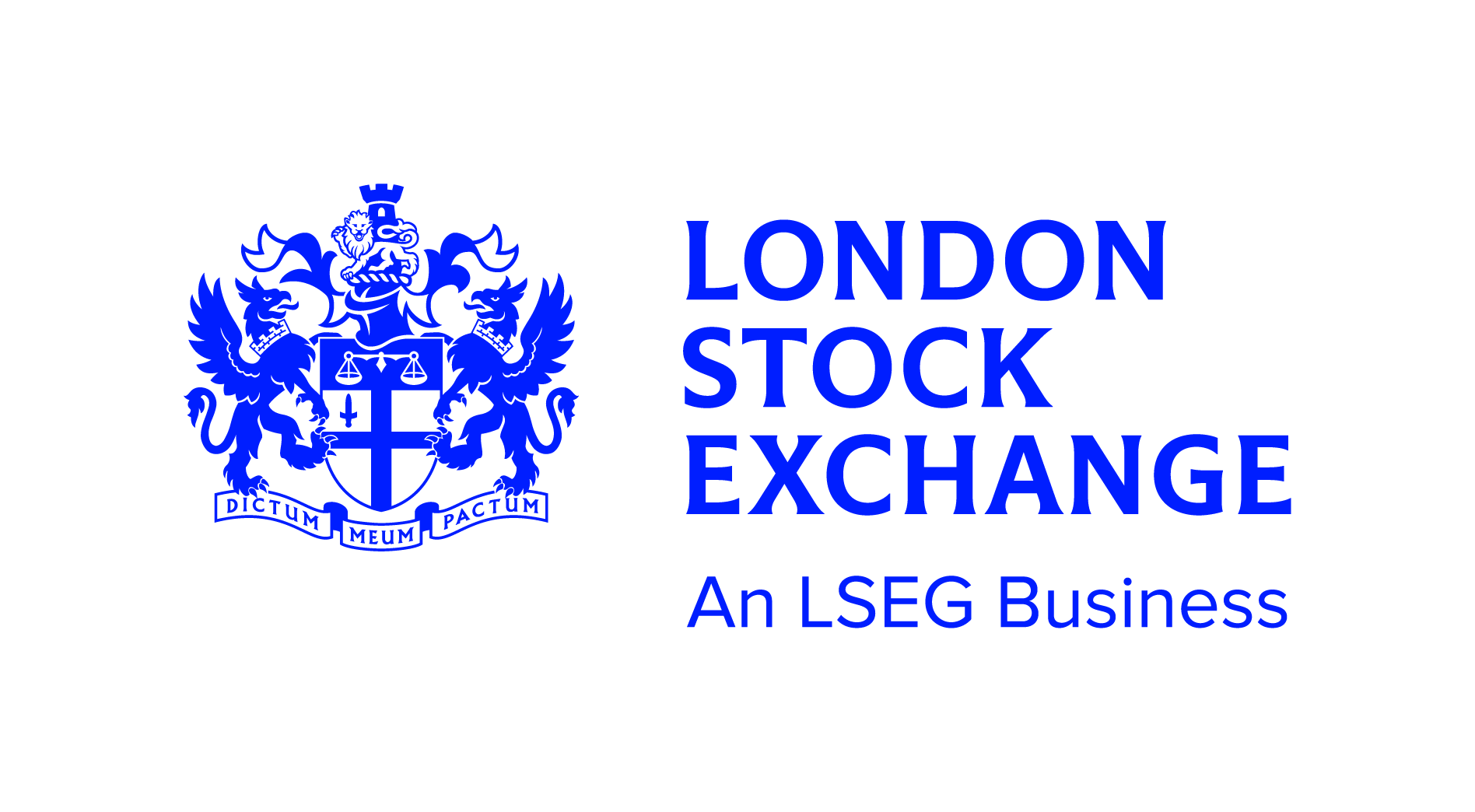The next stage of the Sustainable Finance Disclosure Regulation (SFDR) could prove to be a major stumbling block for asset managers as they now need to prove their Article 8 and 9 products deserve to sit in those categories.
The SFDR came into effect on 10 March with asset managers having to decide whether their fund fits into either Article 6 – regular, Article 8 – light green that exhibits certain sustainable characteristics or Article 9 – dark green that look to reduce carbon emissions.
Climate change ETFs that track the European Union’s two climate benchmarks, for example, have been labelled Article 9 by many issuers including UBS Asset Management which launched a seven-strong range last month.
Now asset managers – including ETF issuers – have made their choice between the three categories, they must be able to show how the data supports these assertions, a task that is “fraught with challenges”, according to industry commentators.
These ‘level two’ obligations, which are due by 30 June 2023, will require asset managers to report on 18 mandatory principal adverse impacts statements (PAIS) and other voluntary ones in order to provide create a picture of their product’s ESG profile.
Asset managers may have been tempted to label their strategies either Article 8 or 9 in order to attract investor demand, however, this short-termism could prove costly.
As Adrian Whelan, global head of regulatory intelligence for investor services at Brown Brothers Harriman, said: “The level of Article 8 fund classifications caused some to raise their eyebrows. Whether all those funds truly have the required level of integrated ESG processes and data to back up the initial high-level disclosures remains to be seen.”
Detlef Glow, head of EMEA Lipper research at London Stock Exchange, said firms have interpreted the standards as low and have since placed their funds in the Article 8 categories.
“This is because they want to profit from the trend towards sustainable investments and will have to move back to Article 6 designations once the dust around the definition and standards has settled,” Glow added.
Consistent and accurate data provision for metrics such as ozone depletion, high water stress and land degradation is no easy task even for large companies, according to Whelan.
“Initial reaction to the prescriptive requirements of the detailed EU rules is that while much of the data is available, there are also large swathes of data which issuers will need to add to their current disclosures and sourcing will be particularly challenging for private market investments or for companies in developing markets, for example,” Whelan added.
Echoing his views, Charles Sincock, ESG lead at Capco, said collecting data for asset managers would be a major challenge as the data required is often not collected by the ESG providers or underlying companies themselves.
“This, effectively, makes the task of meeting some level two SFDR requirements even more challenging,” Sincock continued. “In these circumstances, best efforts will be required and inevitably larger firms will have more operational resource and financial firepower to fuel those efforts.
“But the level two reporting requirements will be onerous for smaller firms if we do not see the emergence of a consolidated data offering in the industry. Unfortunately, the creation of a one-stop-shop solution is unlikely.”
SFDR ‘opens door’ to greenwashing
Recognising this challenge, the European Securities and Markets Authority (ESMA) has called on ESG data providers to be regulated.
“The critical importance of the ESG data providers to ensuring the successful implementation of SFDR is not lost on EU regulators either,” Whelan said. “Poor quality or inexact data from the ESG data providers could undermine the SFDR regulations in the eyes of regulators.”





